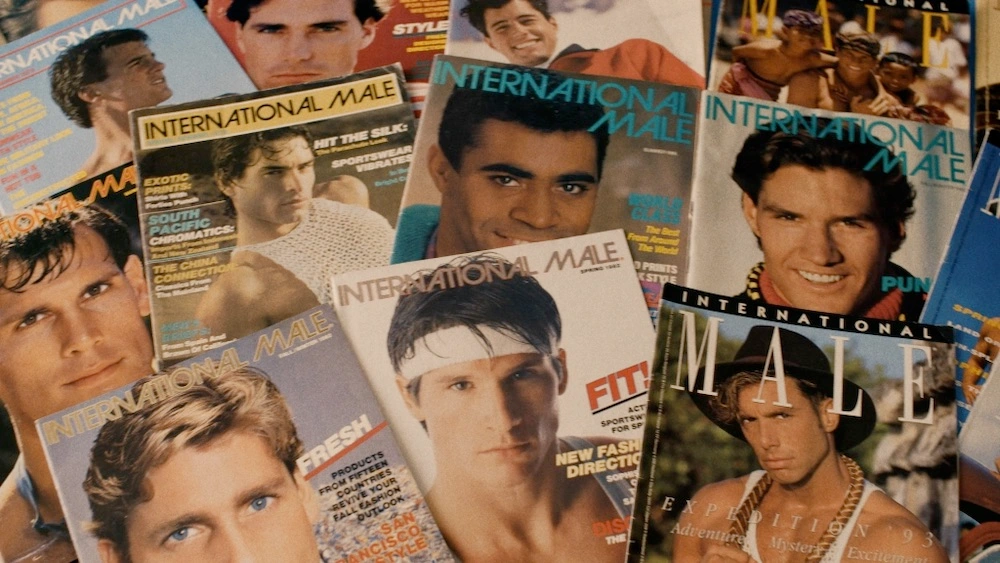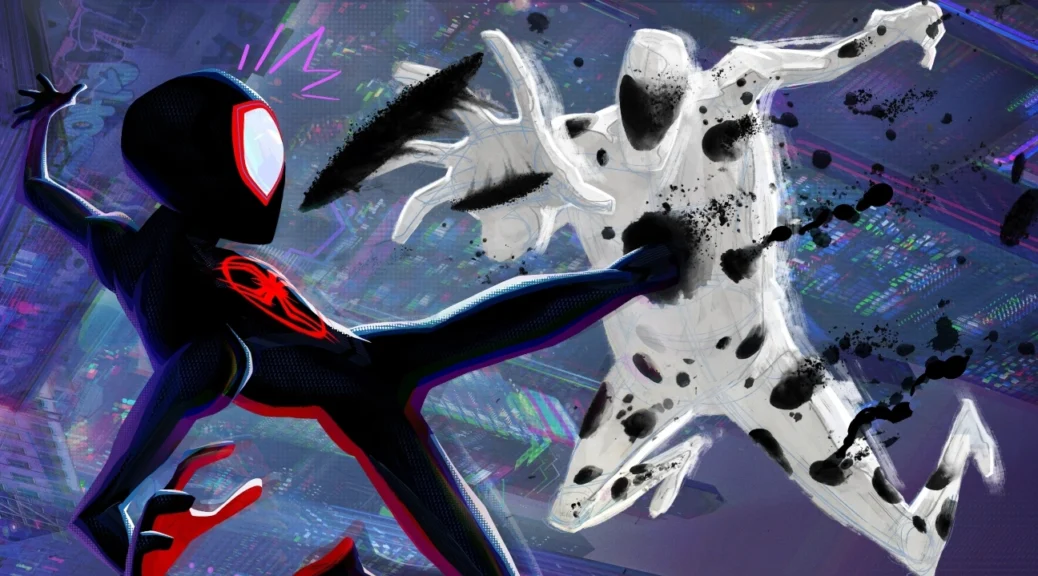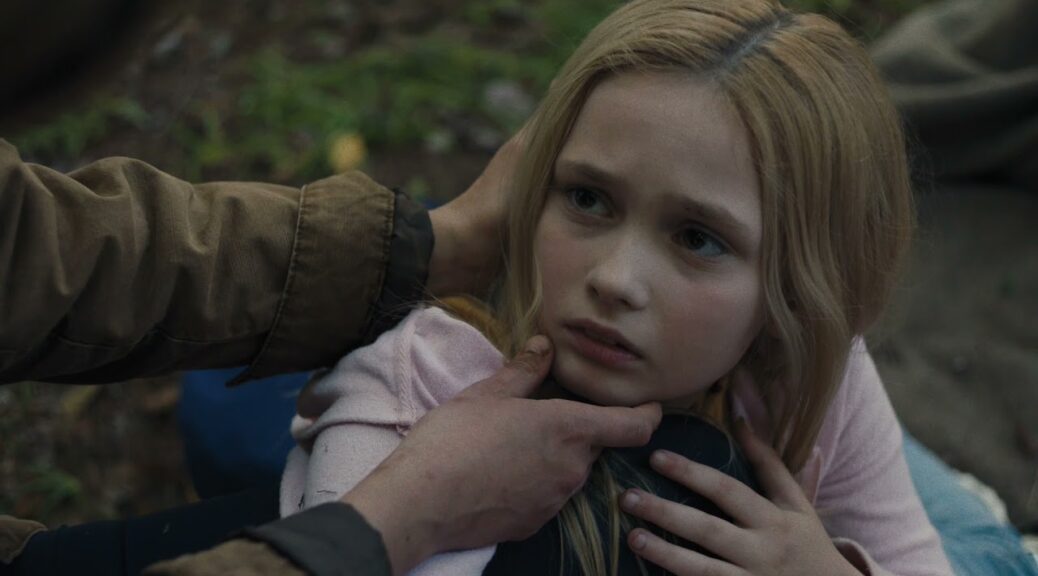All Man: The International Male Story
by Daniel Baldwin
In 1970, former Air Force pilot Gene Burkard launched a mail-order fashion catalog that would ultimately help revolutionize post-‘60s men’s attire: International Male. His goal was to craft and sell clothing to men – queer and straight alike – that moved beyond the drabber business and business-casual attires of post-World War II America. He succeeded.
All Man lays out the history of both Gene Burkard’s life and his magazine creation, from its beginnings to its ultimate closure in the late-2000s. Nary a stone is unturned, as the documentary speaks to Burkard, his business partners, designers, models, photographers, sales reps, store managers, office workers, and more than a few subscribers – including those who are now celebrities (such as narrator Matt Bomer).
The magazine’s journey runs hand in hand with that of the LGBTQIA+ community’s history in America, so the fact that none of these macro issues are overlooked is a major positive. So too are the more personal issues tied to the magazine, such as gay men of all types being able to use the magazine as an outlet for their fantasies and their own personal self-expression through fashion across multiple decades where being out and proud was less culturally acceptable than it is today. This also holds true for straight men, who – through the changes in fashion pioneered within the magazine – were also able to express themselves with more colorful and dynamic clothing than just the suits, slacks, and dress shirts that had a stranglehold on men’s styles in post-war America.
Documentarians Bryan Darling and Jesse Finlay Reed have crafted a thoroughly engaging and deeply informative piece of filmmaking that is well worth seeing, regardless of your background in life. All Man focuses on a piece of history that many may not be aware of – very likely, given that the publication’s current Wikipedia page is shockingly shorter than this review.
The above title “Masculinity is a spectrum” comes from a statement in the film and it couldn’t be more accurate. It IS a spectrum and we all can choose how we want to express ourselves on that spectrum, in part because of the work done by the people behind this magazine.















